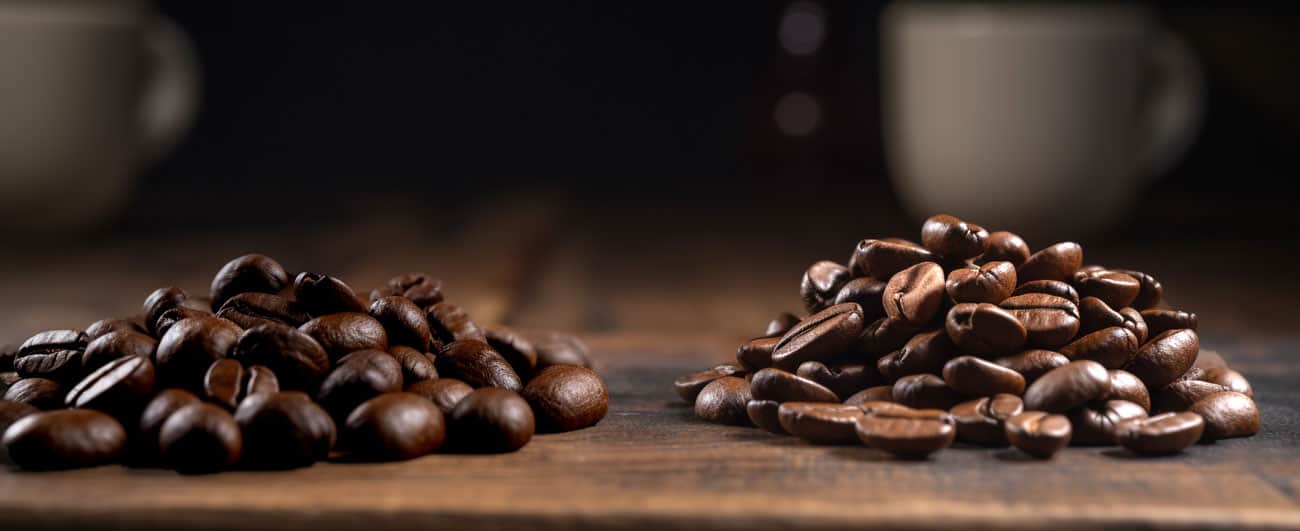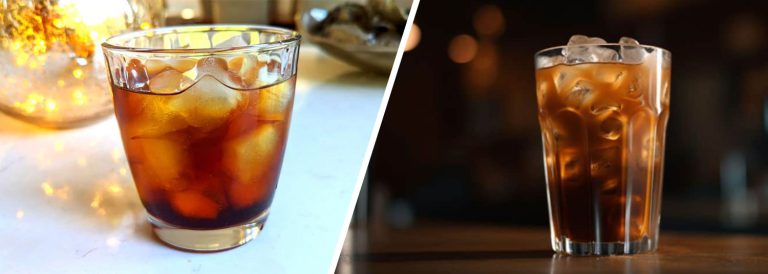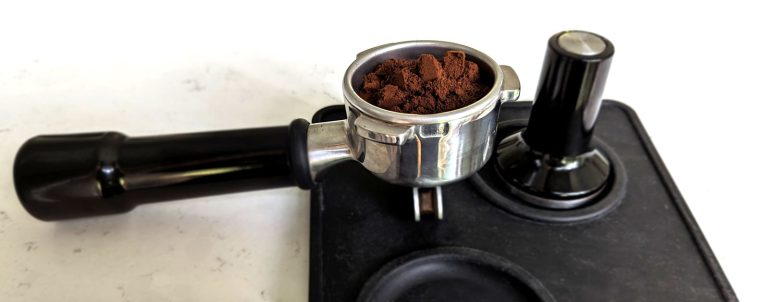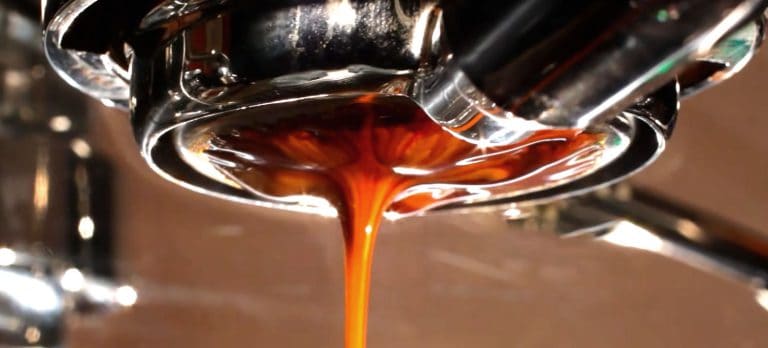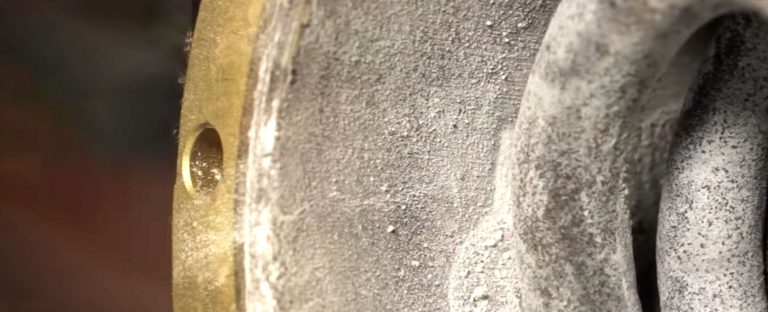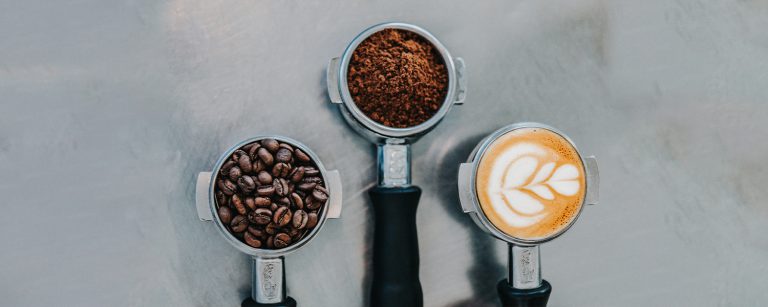Which Roast Has More Caffeine – Light or Dark?
Are you wondering whether light or dark roast will give you a bigger jolt of caffeine? You’re not alone.
- Is there a difference between light-roast coffee and dark roast coffee when it comes to caffeine content?
- What other factors influence the amount of caffeine in our cup of coffee?
As a barista, I get asked these questions all the time.
Let’s explore which type of roast has more caffeine – light or dark – and look into common myths surrounding the caffeine concentration in different roasts of brewed coffee.
Comparison of caffeine levels: Dark roast vs. light roast
One of the biggest questions about coffee is which roast level has more caffeine — light or dark?
When measured by volume, light roast contains more caffeine than dark roast. However, the difference in caffeine is insignificant if you measure coffee by weight.
Now that we’ve examined the comparison between light and dark roast beans regarding caffeine content let’s quickly go over what makes them different.
Light roast
- Lighter body
- Higher acidity levels
- Bright and complex flavors
- Typically have no oily surface due to the shorter roasting time
- Floral or citrus notes
Dark roast
- Heavy body
- Low acidity levels
- Bold, robust, and slightly bitter in flavor
- Oilier surface due to being heated longer
- Smoky notes
Now that you know their key characteristics, let’s dig into all the factors influencing caffeine levels in your cup.
Factors that influence the caffeine content in coffee beans
Brewing a good cup of joe isn’t just about choosing one type of bean over another. When it comes to the amount of caffeine you’ll end up with, you’ll have to consider the following:
Roast type
As a barista, I have heard many debates on which coffee has more caffeine content. Believe it or not, the color of your roast isn’t the only factor in how much caffeine you’re getting in your cup.
Light roasts spend less time in the roaster resulting in denser beans. This is why they contain slightly more caffeine than dark roasts on average.
Let’s not forget about using too much or too little coffee grounds – I’ve seen it all. Many people use a scoop instead of weighing their coffee beans before brewing. Since a given volume of light roast will weigh more than the same volume of dark roast beans, the heavier light roast will have more caffeine.
Brewing temperature and duration
The brewing process can also affect the amount of caffeine in your cup. Coffee brewed longer and with hotter water will release more caffeine from each bean.
On the other hand, cooler temperatures and shorter extraction times will lead to less caffeine in your cup.
Coffee bean type
The type of coffee bean also plays a significant role in determining caffeine levels. Some varieties contain more than others, and you can control this factor by carefully selecting your beans.
- Generally speaking, Arabica coffee beans have lower caffeine content at 0.9–1.2%.
- While Robusta coffee has twice the caffeine at 1.6–2.4% on a dry weight basis.
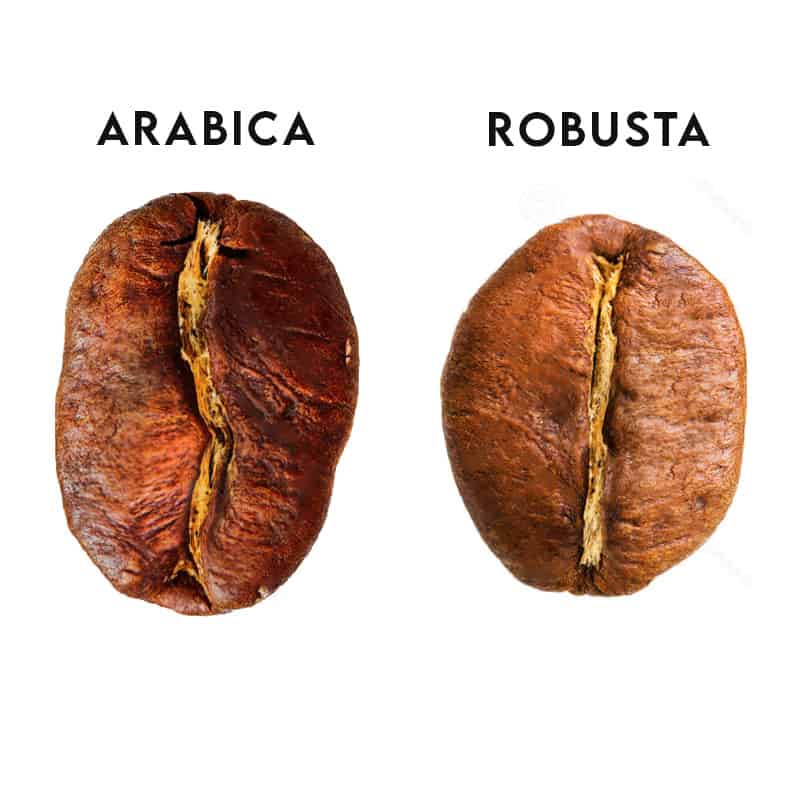
Consequently, if you want a more robust cup of coffee, you can increase the caffeine content by opting for a blend with both Arabia and Robusta beans. I wouldn’t recommend pure Robusta beans, as Arabica’s flavor beats it any day.
Grinding degree
Your chosen grind level plays an essential role in caffeine extraction:
- The finer your grind (i.e., how finely you can break down those beans), the more exposed surface area there is. This results in greater amounts of brewed-up caffeine.
- When exposed to hot water, coarse grounds contain less surface area and don’t extract as much out of them as finely ground particles. This results in weaker brews with lower concentrations of caffeine molecules due to their short contact time with water for the extraction process.
You can use the different grinds and tailor your cup to fit individual preferences.

Caffeine Content: Fact or Fiction
I hope that after reading this far, you have a better understanding of the factors at play in determining caffeine levels in your brew.
As with so many things relating to coffee – sometimes fact can be stranger than fiction. Here are some common caffeine myths about coffee beans:
❌ Dark roasts have more caffeine because of their stronger flavors.
While dark-roasted coffees tend to have earthier flavor profiles with notes of cocoa and chocolate, their caffeine levels neither increase nor concentrate in the roasting process.
In fact, light roast beans generally have slightly higher levels of caffeine per volume than dark roasts.
❌ The darker the roast level, the more caffeine is burned off.
The longer coffee beans are roasted, the more they tend to expand in size and increase in weight. This is because roasting helps break down complex molecules within the bean while driving off moisture content at the same time.
Inversely, caffeine levels remain relatively constant throughout light and dark roast profiles.
It’s just that when it comes to measuring by volume, you’ll get fewer beans from darker roasts due to their larger size. Thus, the concept of less caffeine per scoop.
Frequently Asked Questions
Final Thoughts
The roasting method, temperature and duration of brewing, grinding degree, and bean type all play a role in determining how much caffeine each cup contains.
Whether you prefer your coffee bolder with extra oomph from an intense dark roast – or lighter thanks to some seriously smooth light roasting – one thing’s for sure: both styles have their perks.
When deciding between a light or dark roast based solely on its caffeinated effects – personal preference should take precedence over any other factor.
What sort will win your taste buds’ favor? Let me know in the comments below.

